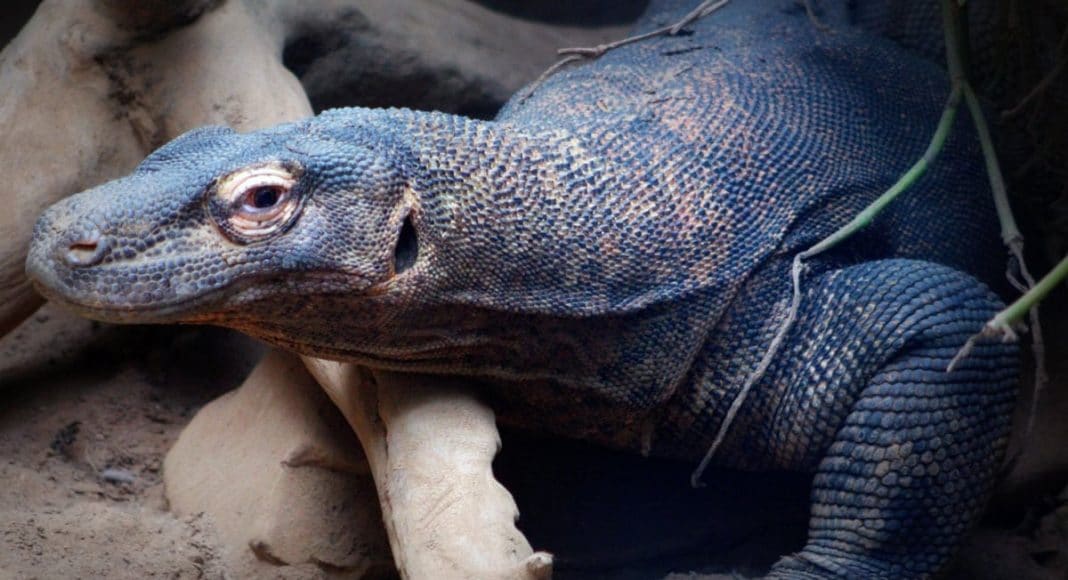Literal dragon blood is helping scientists find new ways to develop antibiotics, according to a new study.
Researchers at George Mason University used the knowledge that the komodo dragon’s unique saliva harbors more than 80 bacterial strains, several of which would harm or kill another animal. Somehow, the dragon isn’t hurt by all of these bacteria, and goes on living its very chill life on the island named after it.
What makes them immune? According to the BBC:
Led by Monique van Hoek, the team in Virginia found DRGN-1 worked well on infected wounds in mice against two bacterial strains, the “superbugs” Pseudomonas aeruginosa and Staphlyococcus aureus, also known as MRSA.
These two bacteria are particularly stubborn and hard to treat as they have bacteria that stick together to form colonies (or biofilms) that are much more resistant to antibiotics than a single bacterium.
They suggest that DRGN-1 assists wound-healing both through antimicrobial activity and also by promoting the migration of skin cells to close the wound.
Komodo dragons are are the largest species of living lizards, growing up to 10 feet long and 150 pounds. Because there are no other predators on their Indonesian islands, they’re able to grow huge, undisturbed. Their bite is poisonous to humans, but they mainly feed on deer and other prey mammals.
-
Related Story: How To Pronk Your Way To A Happier Life
The development of synthetic dragon’s blood could lead to new advances in multidrug-resistant pathogens, especially as a topical agent for wounds.
[gravityform id=”13″ title=”false” description=”true”]


